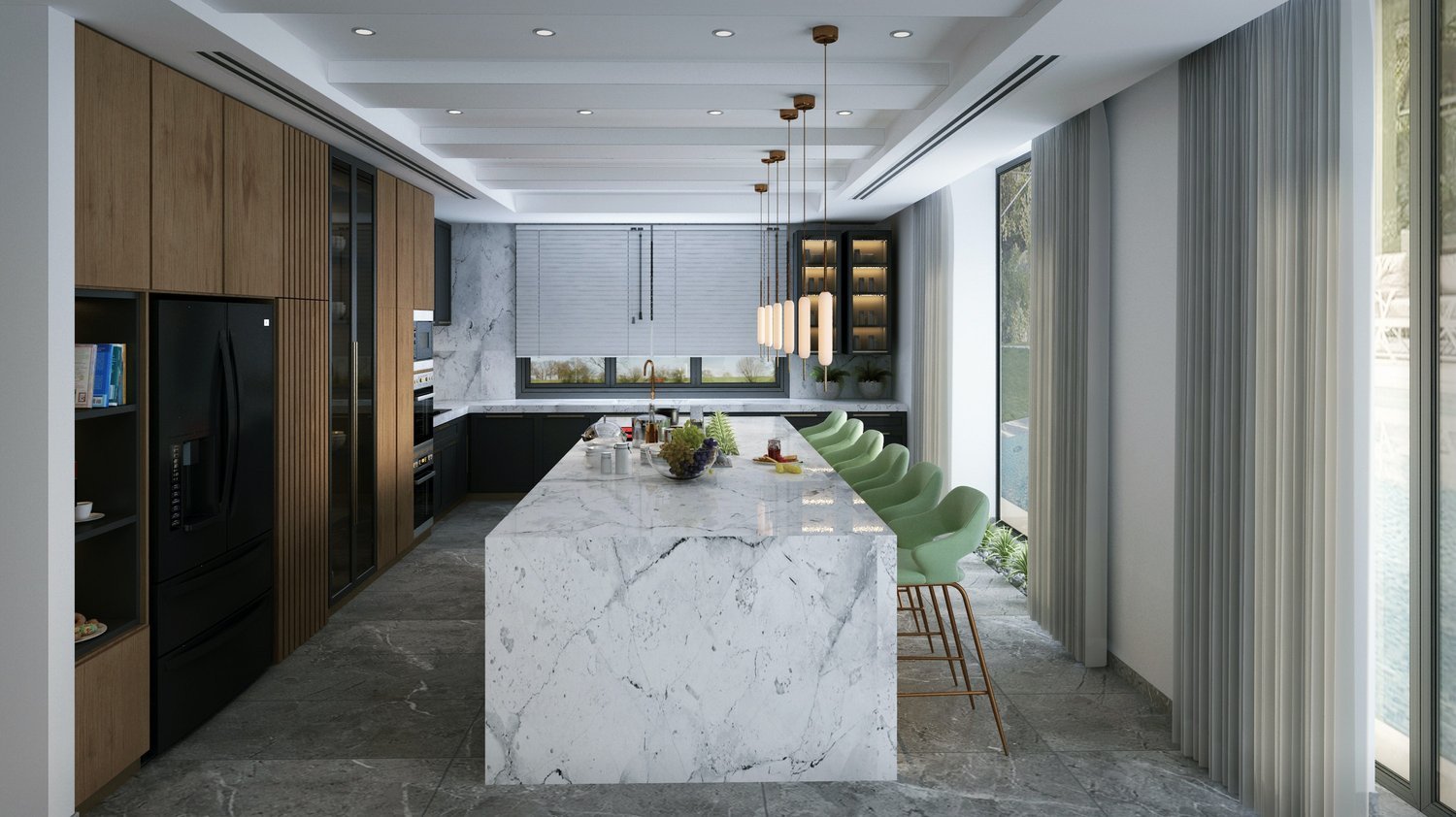Contemporary vs. Modern Residential Architecture: Understanding the Key Differences
In recent years, residential design in Las Vegas and Southern Nevada has experienced a significant shift from traditional styles to modern and contemporary architecture. Although these two styles share similarities, it's essential to understand the differences between contemporary and modern architecture when planning your home design.
Modern architecture emerged in the early 20th century, characterized by clean lines, simple forms, and prioritizing function over ornamentation. Architects like Le Corbusier, Ludwig Mies van der Rohe, and Walter Gropius are often associated with this style, which typically represents the period between the 1920s and the 1950s. Common elements of modern architecture include open floor plans, flat roofs, large windows, and a strong connection between the indoors and outdoors. The use of industrial materials such as steel, glass, and concrete is also prevalent in modern architecture, emphasizing the structure's form and function.
Contemporary architecture, on the other hand, is an ongoing, ever-evolving style that incorporates various influences and approaches. It often includes elements from modern, postmodern, and neoclassical styles. Unlike modern architecture, contemporary design embraces more fluid forms and asymmetry. The emphasis is on sustainability, using natural materials like wood and stone, and focusing on the human experience of space. Contemporary architecture often features energy-efficient technologies, green roofs, and flexible, adaptive spaces that cater to the occupants' changing needs.
To illustrate the difference between contemporary and modern architecture, consider a chair. Contemporary design minimizes the chair's structure, using slim legs and a condensed backrest, while incorporating materials, elements, and colors of the period. Modern design, in contrast, takes the structure, strips it, bends it, and creates a new, simple yet functional form.
In residential design, modern homes often showcase minimalism, monochromatic color schemes, and geometric shapes, while contemporary homes may feature diverse materials, textures, and bold colors. Both styles can incorporate open-concept floor plans and extensive use of glass, but contemporary homes tend to be more flexible and adaptive to the occupants' preferences and lifestyles.
It's crucial to remember that executing modern or contemporary architecture correctly typically comes with a higher price tag. Challenges include floor-to-ceiling windows affecting framing, seamless material transitions requiring quality materials and skilled installers, and logistical issues with mechanical systems in flat-roofed homes. Additionally, the International Residential Code (IRC) and International Energy Conservation Code (IECC) can make certain designs, like mid-century modern, difficult to achieve.
When considering either style, researching and vetting a skilled designer or architect is a worthwhile investment to ensure your vision becomes a reality. Understanding the key differences between contemporary and modern residential architecture can help you make informed decisions and create a beautiful, functional, and energy-efficient home that suits your needs and preferences.
